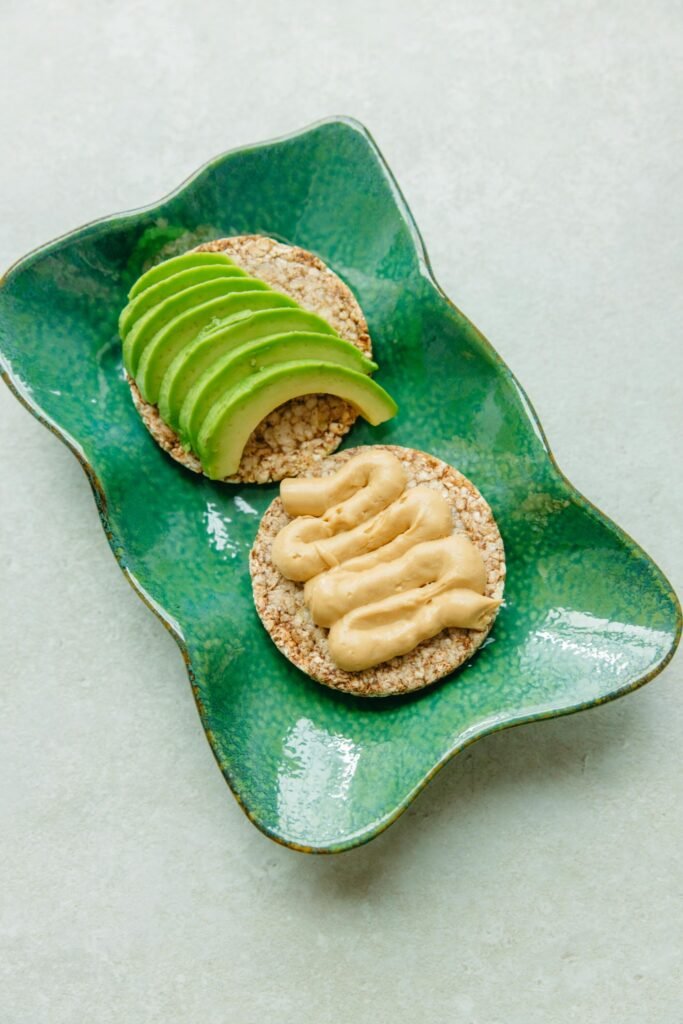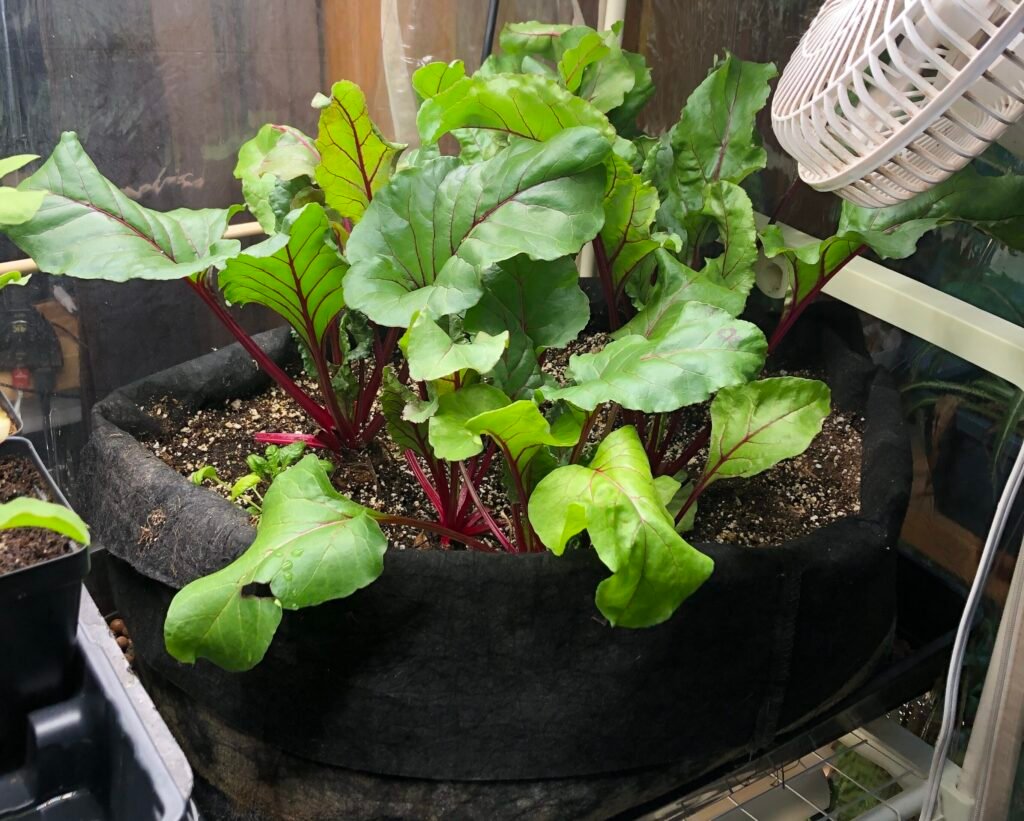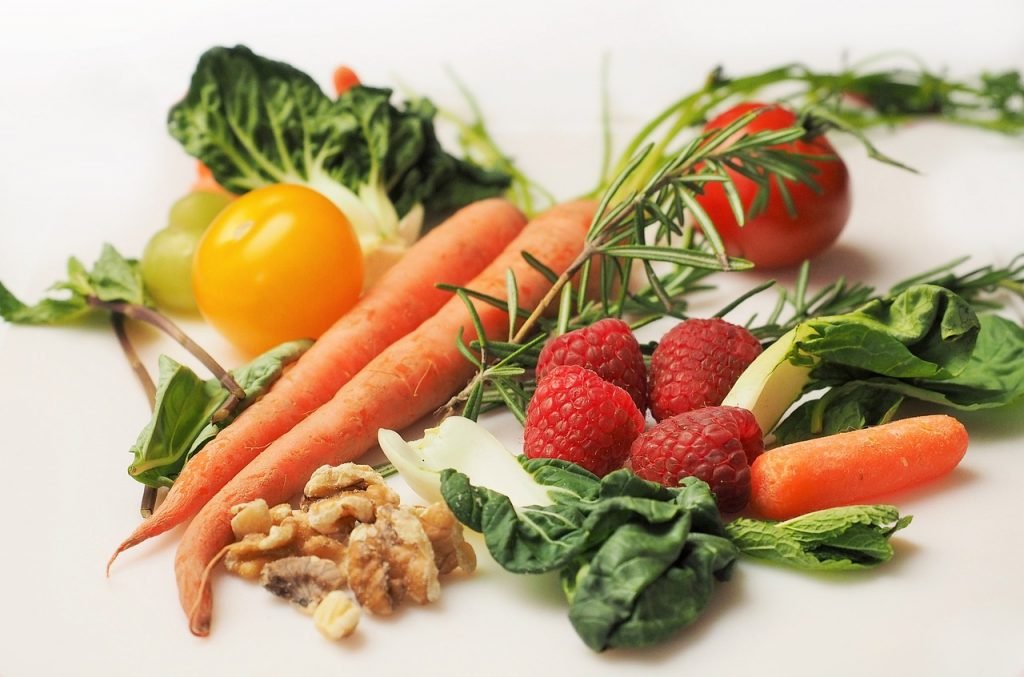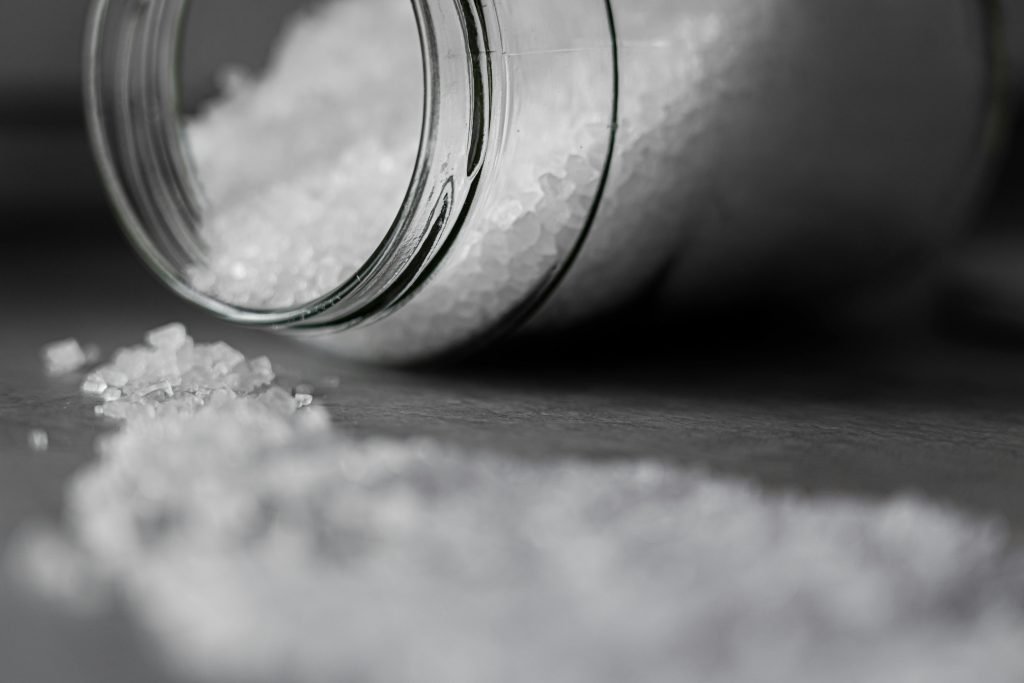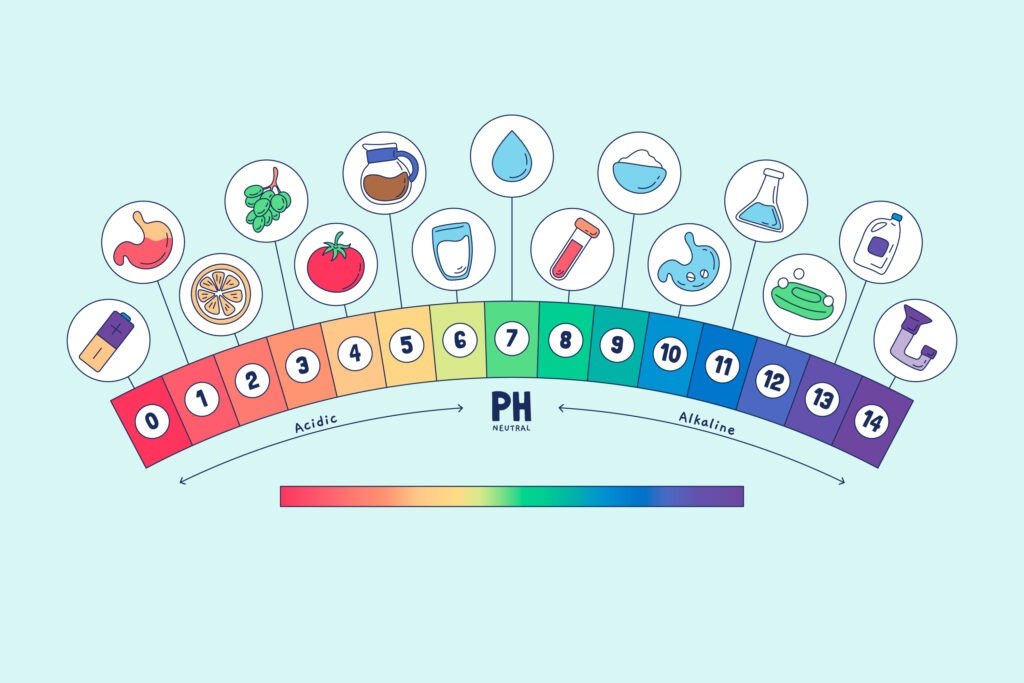Diet Considerations and Nutrition with POTS | Essential Tips for Managing Dysautonomia
The Importance of Nutrition in POTS Management This guide explores essential nutrition strategies to help individuals with POTS lead a healthier life. Living with Postural Orthostatic Tachycardia Syndrome (POTS) and Dysautonomia can be challenging, but dietary adjustments can play a significant role in managing symptoms. Proper nutrition can help stabilize blood pressure, improve circulation, and […]
Diet Considerations and Nutrition with POTS | Essential Tips for Managing Dysautonomia Read More »

